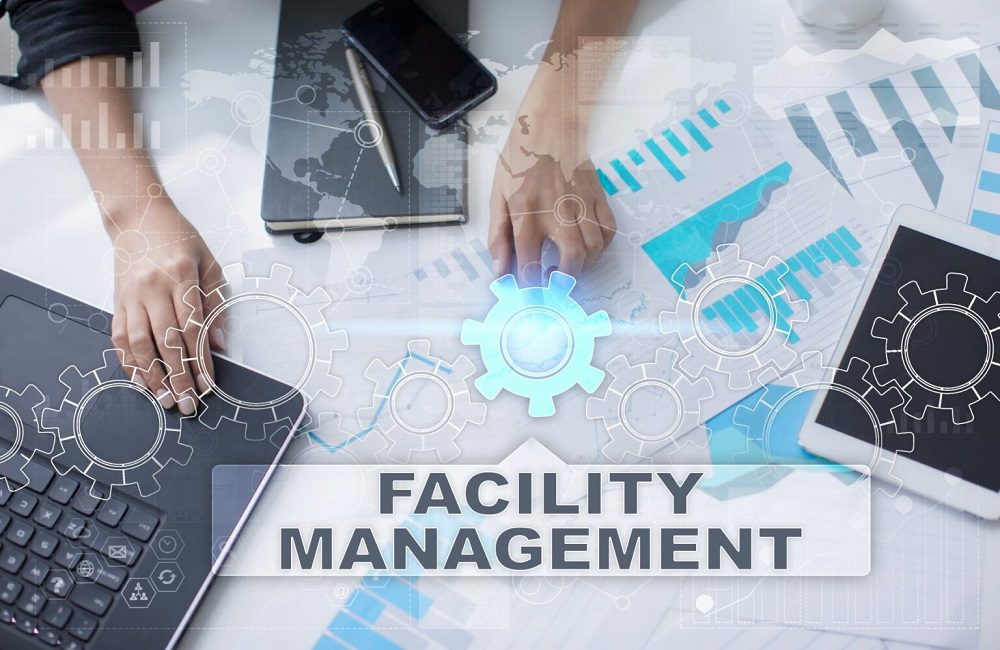Strategic facility planning is a process that helps you determine the best use of your facilities while optimizing operational efficiency by looking at the entire physical footprint of an organization and identifying opportunities for improvement. This process is essential in making sure the company’s assets are ready to accommodate expected changes in the future without compromising production and minimizing needless expenses.
Strategic facility planning requires an organization to consider where it’s going, where it’s been, and how it plans to get there. The process also requires an understanding of costs associated with different types of facilities, as well as options for changing the scale of operations.
Key considerations
Strategic facility planning is a process that fits under the broader umbrella of facility management (see comprehensive guide here). Effective strategic facility planning revolves around a few key considerations, as explained below:
1. Should You Outsource Or Conduct The Planning In-House?
You should consider whether your organization is growing, declining, currently transitioning, or in a stable phase. These phases will influence how quickly the project needs to be completed and the number of financial resources that are available for planning purposes.
It may be wise to outsource if you have limited internal resources and/or expertise. You may also find it beneficial to hire a consultant if several projects are being planned at once and/or significant time constraints exist due to a limited budget (for example, during a recessionary period). This is because outsourcing leaves most of the planning process to a group of people who specialize in ensuring good results, whereas planning with an in-house team requires that each team member is already familiar with the concept of strategic facility planning.
2. Evaluation of the existing space
Regardless of the scale of changes that may be necessary in the future, strategic facility planning usually starts by determining the existing state of your facilities. This includes collecting information on:

- The building’s capacity. Whether you’re planning to expand or renovate, it’s important to understand how much people and equipment can be accommodated at the moment.
- Its limitations. What are some of your building’s limitations? Is there anything that needs improvements or repairs? Are there any policies that could be revised in order to make better use of available space?
- Its strengths and weaknesses. What makes this facility unique compared to other similar ones in your area? What makes it stand out as a good choice for clients/patients/employees/etc.? When looking at strengths and weaknesses, it can be helpful if you think about how the facility itself affects the day-to-day operations of your organization. You should also think about how these pros and cons can affect how guests or other people outside of the company to view your organization.
3. Determining current and future space requirements
You also have to determine space requirements both at the current time and in the foreseeable future. Depending on how a business is scaling, it may require more (or less) space than it currently has. If the business’s growth rate is not consistent with its current office size, then it will be difficult for the company to efficiently allocate resources for its operations. Having too much space can lead to spending extra on unused assets or utilities while having too little could restrict operations simply by not having enough space for employees and extra equipment.
Answering the following questions can help you determine how much space you need:
- Is the business growing or losing?
- Are you expecting a significant increase or decrease in operations in the near future?
- How quickly do you anticipate changes to happen?
- What kind of space would best accommodate these potential changes?
4. Link Your Facility Planning To Your Business Strategy
Business strategy is the long-term vision for how your company will generate revenue and create value in the marketplace. It’s essential for strategic facility planning because it gives you a framework for making decisions about where your facilities are located and what you plan to do with them. The best way to start is by asking yourself: What does my organization need or want from its facilities? If we don’t have answers here, we’re not going to be able to make sound decisions about whether a building is worth investing in or not.
Once you’ve defined your business strategy, look at each piece of property that makes up your real estate portfolio (e.g., office buildings) through this lens: Is this asset aligned with our overall objectives? If so, keep it; if not, sell off those properties that aren’t key contributors toward achieving our goals as an organization.
5. Factor In The Evolution Of Existing Technologies And Trends.
The IT team can help you determine the best locations for new facilities. The team’s knowledge of how people use technology and their insights into how people will be using it in the future can help you identify future trends, such as identifying which aspect of operations will best benefit from new technology, as well as how devices are used by the team while in the facilities.
Your IT team should also consider the costs associated with these trends when making recommendations about whether or not to move forward with a project in one area over another. For example, if they see that users are increasingly engaging with technology while on the go, they may recommend building a new facility near areas where most employees park their cars to make it as easy as possible for them to get up-to-date information shortly before and after leaving the facility.
Conclusion
Strategic facility planning allows a company to adapt to changing consumer demands and business model changes. When coupled with your overall business strategy, strategic facility planning has the ability to catapult your business as industry leader and innovator.
During strategic facility planning, you should always consider supply chain flow when making decisions about expansion of operations. By taking these and other key factors into consideration, retailers can have facilities that are flexible and aligned with their needs both at present and in the near future.


